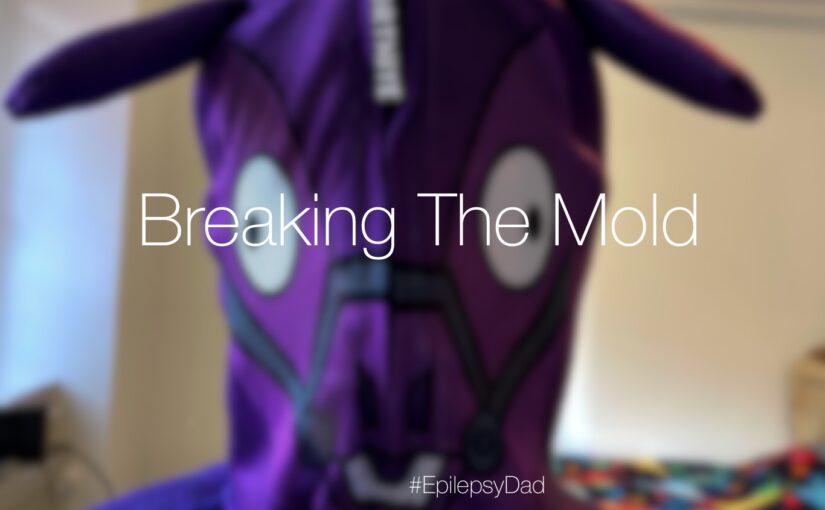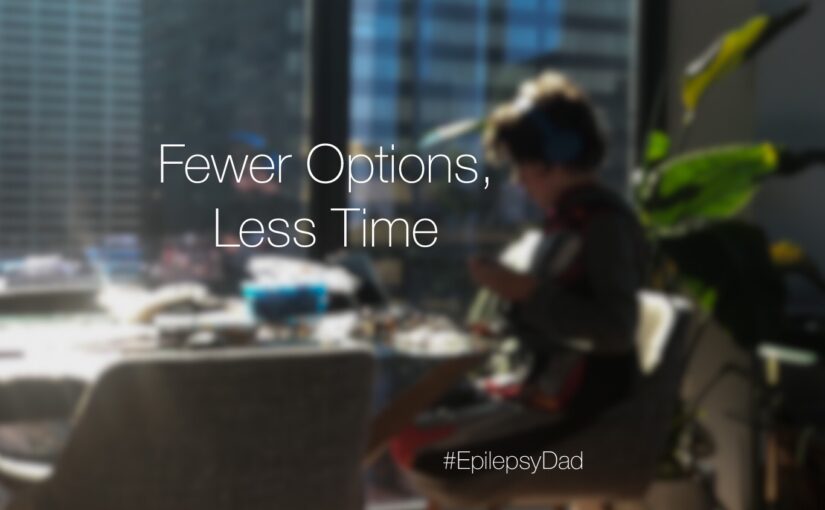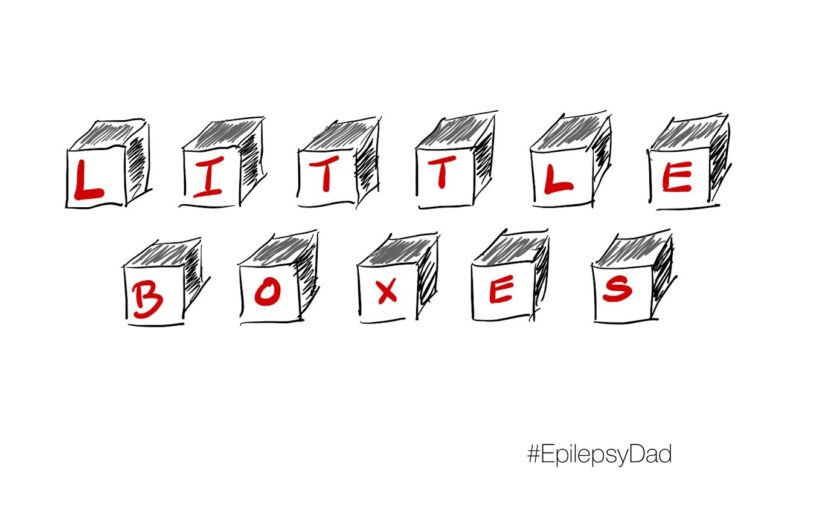Regardless of who actually said it (it probably wasn’t Einstein), at times I feel like I’m living the definition of insanity by doing the same thing over and over again and expecting different results.
At the center of this insanity is a compulsion to fit my son into the world’s definition of “normal”. There is a mold made up of societal norms and expectations that I try to force him into, even though it is clear that the mold is the wrong shape.
Still, I try to make it work because I’m scared that, if I don’t, the world won’t accept him and it will cast him out. Or label him. Or make him feel “less than.” As a result, I correct him when he does something that makes him look different from everyone else rather than celebrating his uniqueness. I spend more time trying to make him work inside what the world expects of him rather than finding ways to make the world work for him. And I keep repeating that pattern, in spite of all the signs that it isn’t working and that it isn’t the right thing to do for my son.
I think that is partly because I don’t know what does work for him. The things I try are the things that are familiar to me. They are the things that I know exist. They are the things that I grew up with because somehow, in spite of feeling very different, I managed to get a traditional education, and go to college, and get a job. I was able to existing inside of the “normal” that most other people seem to also make work for them.
My wife is much better than I am at flipping the narrative and seeing that it is the world needs to change to include our son. She looks for places where our son can feel like he belongs rather than making him fit into any molds. But given the state of the world and its indifference or intolerance to anyone who is different, I can see her frustration and anguish every time the world doesn’t understand him, or us, or our situation.
She’s the reason that we are looking at alternative schools for our son. She’s knew it years ago but no one would listen. I might have thought I was listening, but I was too afraid to act on it because I thought things would get better. I thought I could make my son fit into that mold if we just kept trying. Worse, even when I knew it wasn’t working, my fear led me to just keep trying the same things because it was less scary than going into uncharted territory and discovering that he doesn’t fit in anywhere. I was as accomplice in the notion that we could simply remove a few expectations from him to make him fit the mold better. But all that did was make him disappear.
I am trying to stop the insanity. I am trying to redefine my view of the world and what I expect my son’s path to be because I am seeing that his path does not need to look like my path. His path will be made up of his experiences, tailored to who he is. It’s big and it’s scary and I don’t know what it will look like, and it may take endlessly battling the world to make room for him. But that is something worth doing over and over again.
The world seems intent to prove that it is my son who is the wrong shape, but the world is wrong. My son broke that mold the first time he had a seizure. Actually, he broke that mold the day he was born.


